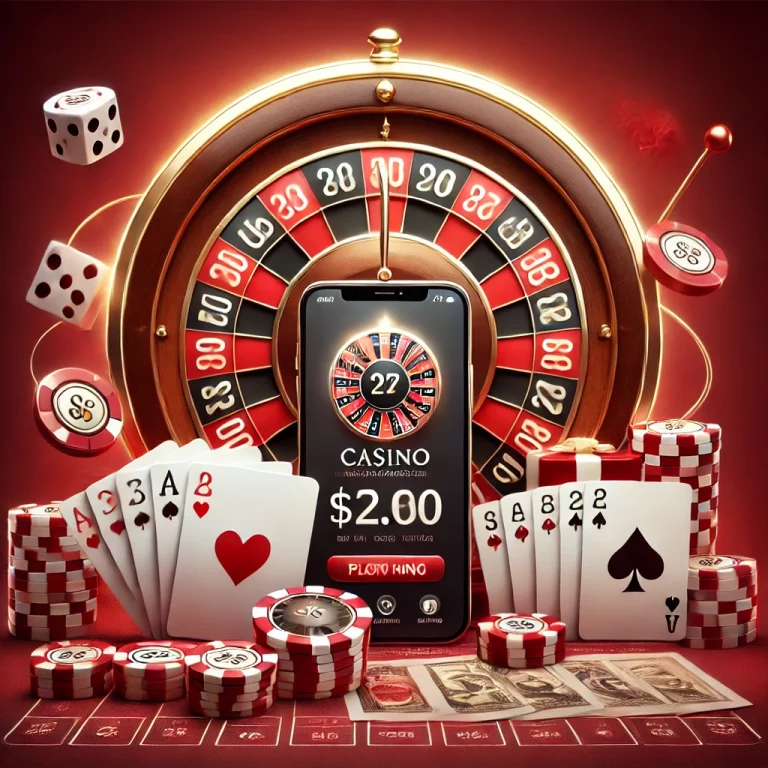In the fast-evolving digital entertainment industry, slot games have undergone a remarkable transformation. Once simple games of chance, they now integrate advanced gamification techniques to enhance player engagement, satisfaction, and long-term retention. By blending traditional gameplay with innovative mechanics, developers are redefining how players experience and enjoy slot games.
The Evolution of Slot Games
Slot games have come a long way since the first mechanical slot machine appeared in the late 19th century. What started as a simple lever-and-reel experience has evolved into a vibrant, interactive, and highly personalized form of entertainment. Modern online slot platforms now use sophisticated graphics, thematic storylines, and bonus features to keep players entertained.
But the most significant change lies in the use of gamification—the incorporation of game-like elements such as points, levels, achievements, and leaderboards into gameplay. This approach has turned slot gaming from a passive experience into an engaging journey of progress and reward.
Understanding Gamification in Slot Games
Gamification involves applying design elements and mechanics commonly found in video games to non-game contexts. In the world of slot games, this means going beyond simple spins and payouts. Features like missions, challenges, and player progression systems create a sense of purpose and accomplishment.
For instance, instead of merely spinning the reels, players might complete daily quests, collect tokens to unlock rewards, or level up to access new slot themes. These mechanics tap into intrinsic motivators such as achievement, curiosity, and competition—driving players to return regularly and stay engaged longer.
The Role of Rewards and Progression
One of the most effective gamification strategies in slot games is the integration of reward systems. Players earn coins, badges, or bonuses for completing specific actions—spinning a certain number of times, hitting combinations, or participating in special events.
Progression systems add another layer of engagement. As players level up, they gain access to exclusive features, new themes, or higher-stakes slot modes. This creates a sense of growth and mastery, similar to advancing through stages in a video game. The more progress a player makes, the more emotionally invested they become.
Social Interaction and Competition
Social features are another vital component of gamification in slot games. Leaderboards, tournaments, and friend challenges create a community-driven experience that encourages competition and camaraderie.
When players can see how they rank against others or share achievements on social platforms, the game’s appeal extends beyond personal rewards. The social connection helps foster loyalty, as players return not just for the game itself but also for the shared experience.
Why Gamification Improves Player Retention
Retention is one of the biggest challenges in the online gaming industry. Gamification provides a powerful solution by addressing both the psychological and emotional needs of players.
When slot games offer continuous goals, feedback, and variety, players experience a sense of flow—an enjoyable state where they are fully immersed in the activity. Regularly updated challenges and reward cycles prevent monotony, keeping the gaming experience fresh and exciting. As a result, players are more likely to return, play longer, and develop a lasting connection with the platform.
The Future of Gamified Slot Experiences
As technology continues to advance, the future of gamified slot games looks promising. Developers are experimenting with virtual reality (VR) and augmented reality (AR) to create immersive casino worlds. Personalized slot experiences powered by AI are also emerging, tailoring challenges and rewards to individual player preferences.
With these innovations, gamification will play an even more integral role in transforming the player experience—turning every spin into part of a larger, more engaging adventure.
Conclusion
Gamification has revolutionized how players interact with slot games, transforming them from simple gambling experiences into dynamic, rewarding, and socially engaging activities. By leveraging mechanics such as progression, competition, and personalization, developers are enhancing both engagement and retention.
As the lines between traditional gaming and gambling continue to blur, the future of slot games will undoubtedly revolve around creating meaningful, interactive experiences that keep players spinning for more than just luck—they’ll stay for the fun, community, and sense of achievement that gamification brings.


